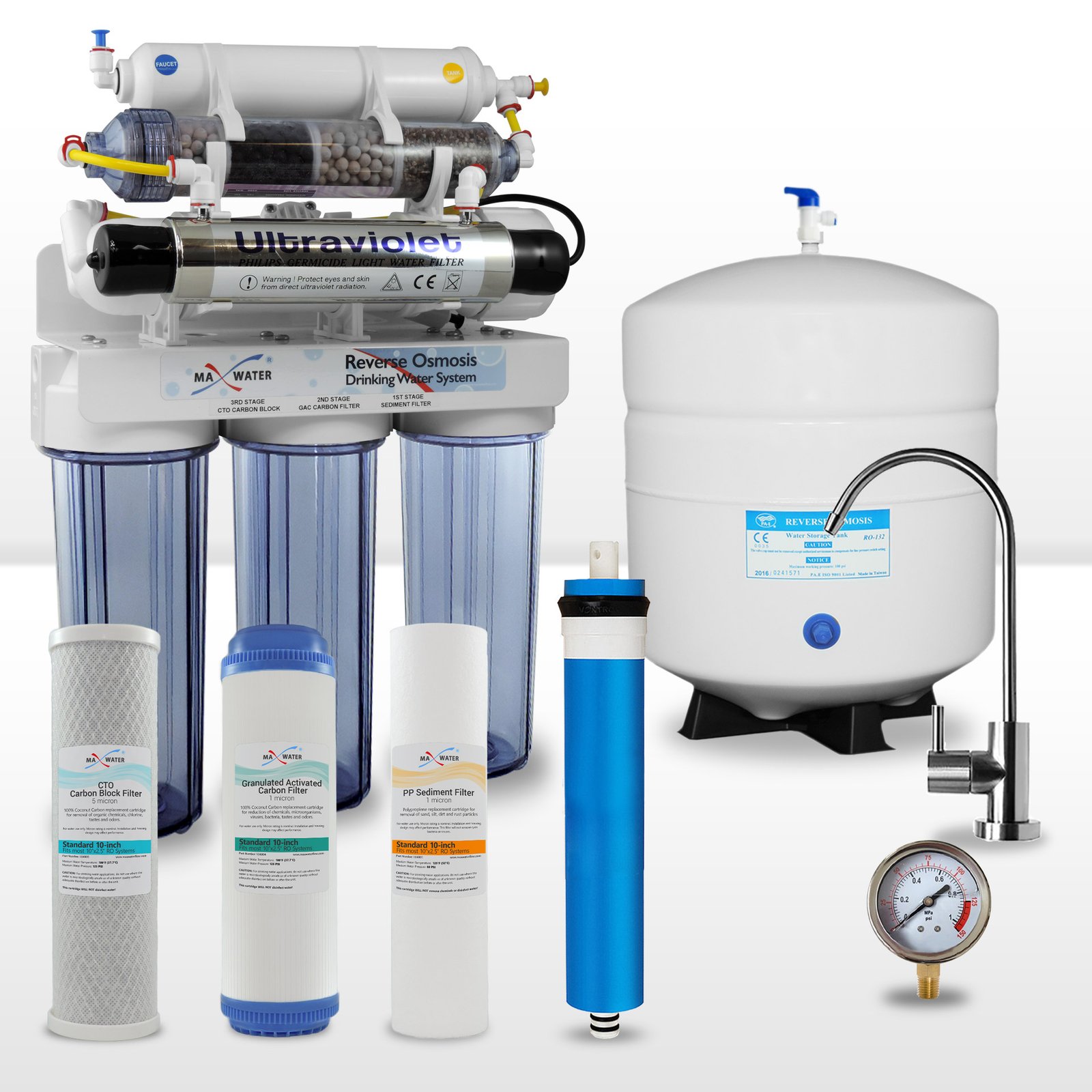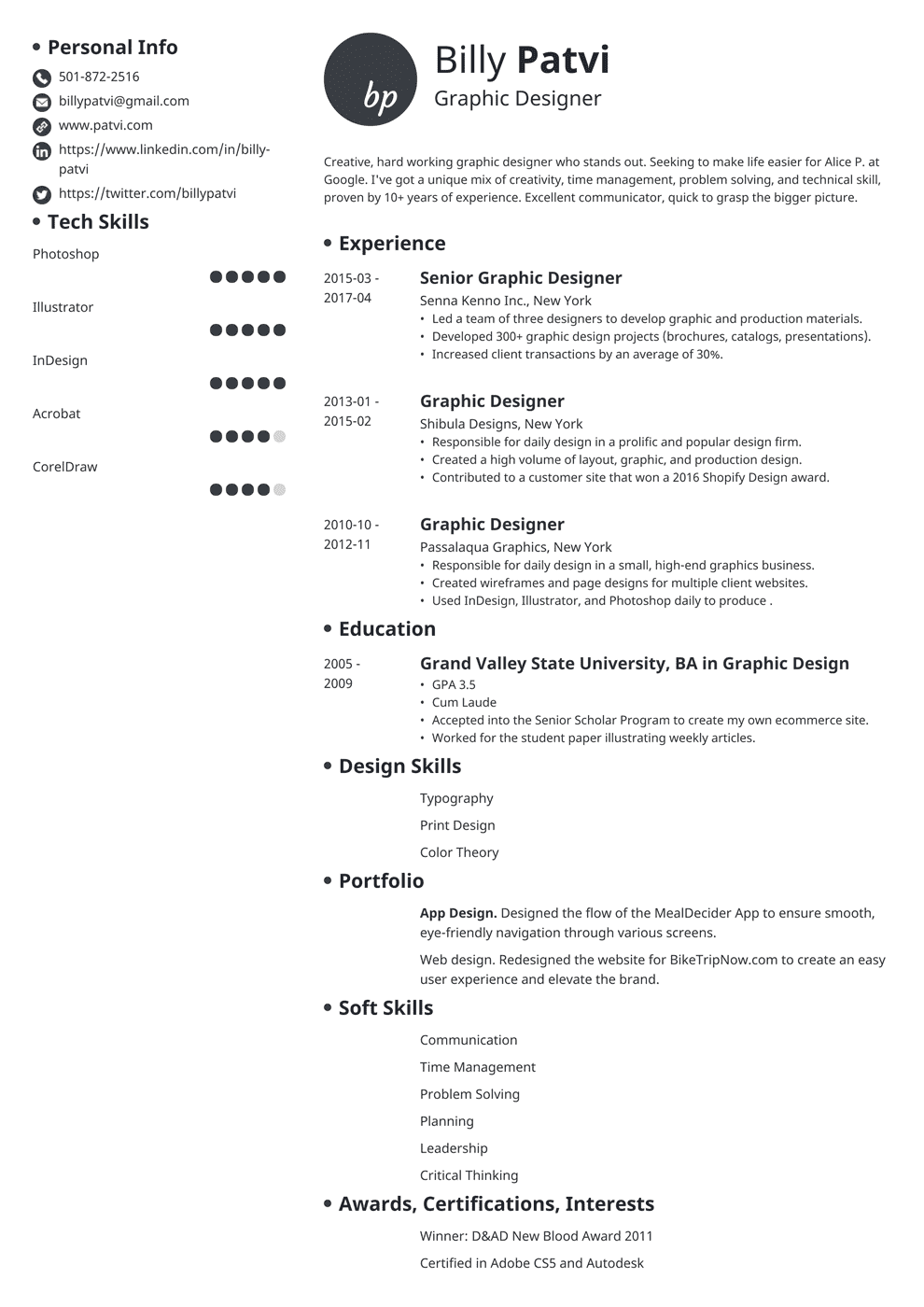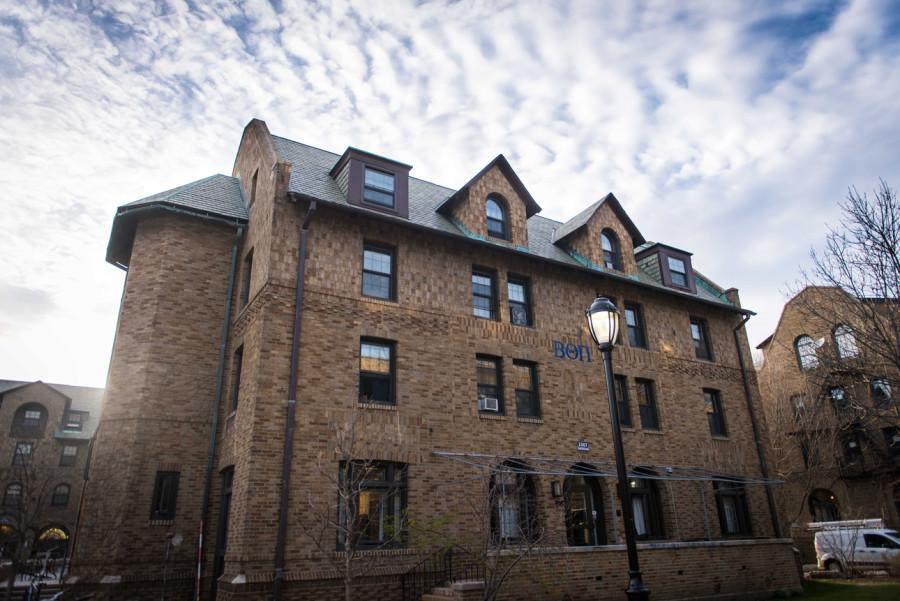Table Of Content

Compared to a lot of RO manufacturers, Crystal Quest is one of the more trustworthy outfits. If you have any concerns or want expert advice on installing a whole house RO system, the company has a toll-free number for all inquiries. Overall, the Crystal Quest whole house RO system is one of the best on the market, and it’s an excellent option for all types of well water.
Cloudy Water
Finally, the post carbon filter provides a final cleansing and improves taste. The end result is that you'll waste less water, you won't need to rely on electrical power, and yet you'll have a very high flow rate for an RO system. The 4-stages of filtration cover all of the contaminants any homeowner will need to be concerned about, and the cartridges are super easy to remove and replace. Reverse osmosis works by pushing water through a membrane filled with tiny holes that only allow water molecules to pass. Often, the pressure is required from a booster pump to help push the water through the membrane. Because RO systems do waste a considerable amount of water, they impact the environment.
Degree of Filtration
Filtration systems will eliminate chlorine, which is often the cause of the poor taste. Many whole house water filters offer water softening as a byproduct of filtering. Water softening passes your home’s water through a synthetic medium to remove minerals such as calcium, iron, magnesium and others.
Flow Rate (GPM) (20%)
The Whirlpool WHER25 Reverse Osmosis (RO) Filtration System is a reverse osmosis system built by a well-known appliance company. The prefilter uses activated carbon to help reduce contaminants and improve taste before the water moves through the membrane filter. RO storage tanks range in size from 3 gallons to 14 gallons; however, tank size can be a bit deceiving when it comes to reverse osmosis systems. The actual storage tank capacity will be less than what the tank is rated to hold. This is because RO storage tanks contain a metal bladder and a bubble of air to create enough pressure to push the water through the faucet when the tap is open. The Waterdrop also produces faster water flow, filling a cup with filtered water much faster than a standard system.
Chemours' pilot program could aide homeowners with PFAS-contaminated wells - North Carolina Health News
Chemours' pilot program could aide homeowners with PFAS-contaminated wells.
Posted: Mon, 31 Jan 2022 08:00:00 GMT [source]
What Contaminants are Removed?

Although this wastewater is discharged from the system, it still counts toward the total water usage for the home. On average, the water filtration system will cost about $25 per month per person when used primarily for drinking water, and about $400 per year in water usage and replacement filters. Stages one through four filter out sediments and remove such contaminants as arsenic, chromium, and lead. Stages five through nine add valuable minerals, antioxidants, and oxygen back into your water. The final two stages include an UV sterilizer and a filter that removes odor and taste. What’s left at the other end of this under-sink reverse osmosis system is ultrapure drinking water.
The 6 Best Water Filters for 2024 - Food & Wine
The 6 Best Water Filters for 2024.
Posted: Mon, 22 Jan 2024 08:00:00 GMT [source]
With a separately sold storage tank, you can get a significantly better water flux and a stable supply of filtered water. Like the other iSpring RO system, the RCS5T offers impressive efficiency in producing clean and safe drinking water for most applications in your home, restaurant, or small business. Make sure that the dimensions of your unit will fit in the space under your sink, as you would install an under sink water filter, or where you intend to install it. It’s best to measure and assess the space you have to accommodate the machine since these can be pretty large and heavy. While reverse osmosis water systems are expensive to buy upfront, they can help you to save money in the long run.
Reasons to Get a Whole House Water Filter System
Water enters the system by passing through an RO membrane and then into the tank. RO systems have a shut-off valve, which is a one-way valve that prevents water in the storage tank from backflowing into the membrane when the tank is full. When you begin researching reverse osmosis systems, looking for ones from a reputable brand is a great place to start. Many quality reverse osmosis filter brands have been around for decades and earned their reputation and solid customer base. They can afford to charge a premium because they will likely be around for years if you opt for their system. A good flow rate coming from the faucet connected to your RO system is around half a gallon per minute.
WECO HydroSense-0500 Light Commercial Reverse Osmosis Filter System
There are two kinds of home reverse osmosis devices which can be installed in a property. It is installed at just one outlet, usually in the kitchen, which is then used for all drinking and cooking. There are home testing kits available which will identify anything unwanted which is in your drinking water.
This type of osmosis system, on the other hand, is installed near the main supply to provide better water throughout your entire household. However, some say it is also impractical since then you would be using water suitable for all applications, including watering the plants and flushing the toilet. This is why a POU system is often used in combination with a water filtration system for the whole home according to user reviews.
These tanks store the filtered water and act as a buffer to ensure you don’t run out of water. There are also pressurized bladder tanks that are compatible with these systems. You’ll love that this whole house RO system features three 100 gallons per day RO membranes, making this filtration system capable of putting out up to 300 gallons of clean water per day. We also think that this system’s in-built booster pump and pressure gauge, along with its free-standing frame, make it convenient for any home. Thanks to the five stages in this reverse osmosis water filtration system, you can count on that as much as 99% of thousands of impurities and pollutants are removed from your home or business’s water supply.
The reverse osmosis semipermeable membrane doesn’t just remove the bad stuff from water – it also removes healthy minerals like calcium and magnesium, causing some debate as to whether it is bad for you or not. If your water parameters aren’t suitable for reverse osmosis, you’ll need to install a pre-treatment system to prevent damage and early degradation of the RO membrane. The RO membrane gives reverse osmosis systems their name, and consists of tiny pores that only allow water molecules through. The final stage of a reverse osmosis system is the post-filter, or polishing filter. Just in case any small contaminants had managed to pass through the reverse osmosis membrane, the post-filter should get rid of them.
Your water supply will feed into the reverse osmosis system, where it is filtered before being sent back into your waterline. Many RO filters also come with their own faucet to ensure no nasties are added to your water after purification. Reverse osmosis is the most effective form of household water purification, and removes more than 99.9% of total dissolved solids from unfiltered water.
In the video below, This Old House’s Richard Trethewey takes you through the step-by-step process of installing a reverse osmosis filter underneath a kitchen sink to remove impurities from your home’s water. We found that customers who were impressed with this product particularly liked that it was easy to install, made for great-tasting clean water, and that it produced quick results. On the other hand, we also saw some customers who felt that some of the parts were not high quality, and others felt as though it wasted too much water.
While most people put it up for the long haul, its portability and ease of installation make it a great choice for RVs, rentals, and other short-term uses. In addition to creating a natural taste, this also raises the pH of the water above 7.5, in comparison to the slightly alkaline water produced by standard reverse osmosis systems. Per- and polyfluorinated substances are artificial chemicals that have found their way into the environment.
Other systems cost $1,000 or more and will require professional installation. On average, a whole house water filtration system costs $2,000 to be installed. This is the first step in the purification process in multi-stage filtration systems. These filters mechanically separate out solids by passing the water through a fine-mesh media and sending the clearer water to your faucet or the next filtering stage.
This under-sink model offers a small footprint, minimizes wastewater, and features an LED filter life indicator on the faucet dispenser. Aside from these user-friendly features, this model is certified by the NSF and receives a gold seal from the WQA. While some reverse osmosis systems require no power supply, that’s not the case for this tankless model. Without a water storage tank, this reverse osmosis system takes up less space under the sink.











